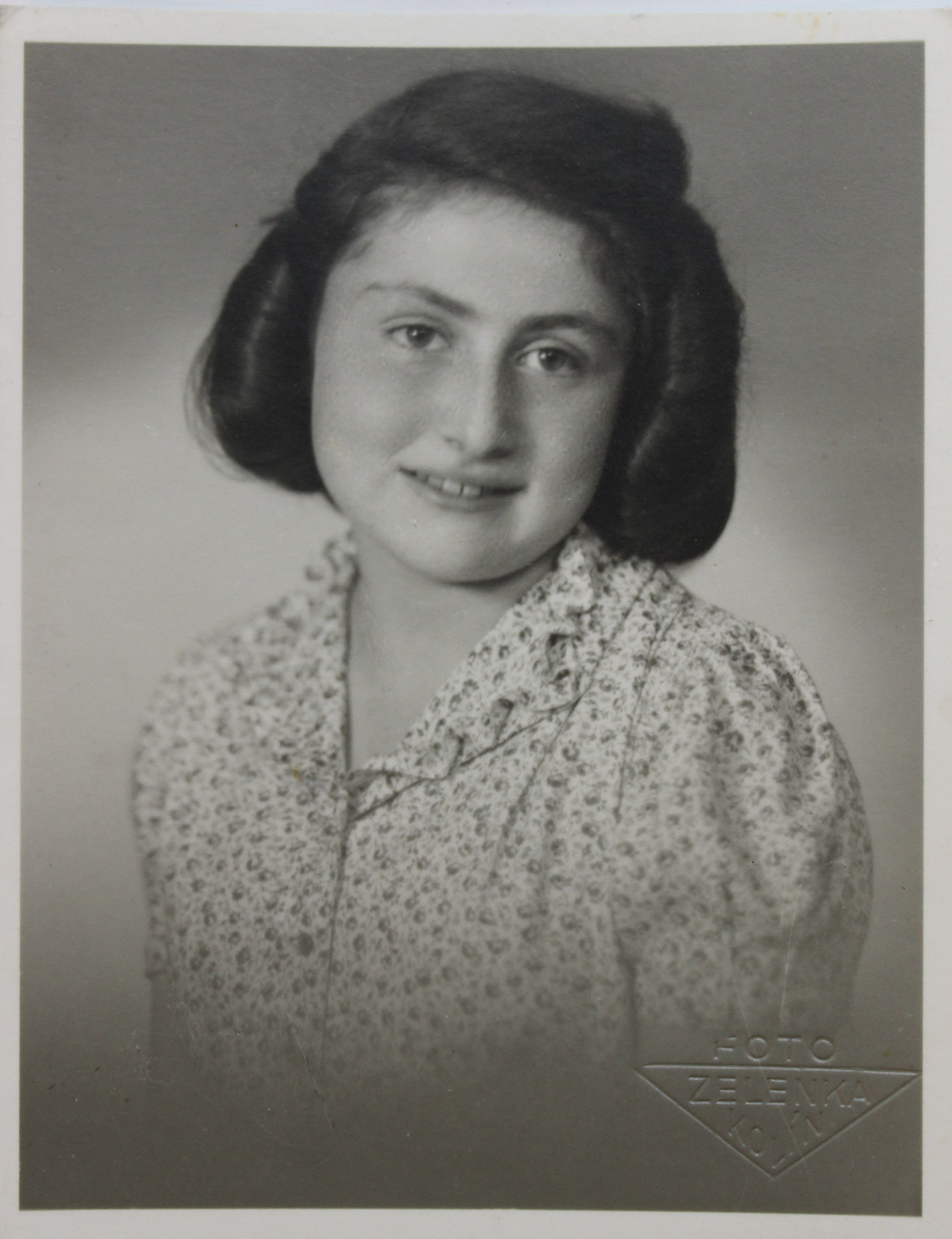We were one of the few families where all the members have survived

Stáhnout obrázek
The story of Mrs. Irena Marvanová from Kolín in Central Bohemia is interesting primarily because her family was immensely lucky while in Terezín. All the family members have survived: her parents as well as both her younger twin brothers. Irena was born in 1929 in Kolín in a fully assimilated family as Irena Eislerová. Only Czech language was spoken at home, and they were observing Christian as well as Jewish holidays, but the parents were not really religious at all. The family also demonstrated their inclination towards the Czech nationality when all its members changed the surname from Eisler to Marvan after the war. Her father was a mechanical engineer and he owned a small machining company which produced various metal parts. In June 1942 the whole family was forced to leave Kolín. Irena and her parents and her two younger brothers were transported to Terezín. While there she spent most of the time in „kinderheim“ in block L410 in room number 25. After the war she returned to Kolín where she still lives today.










